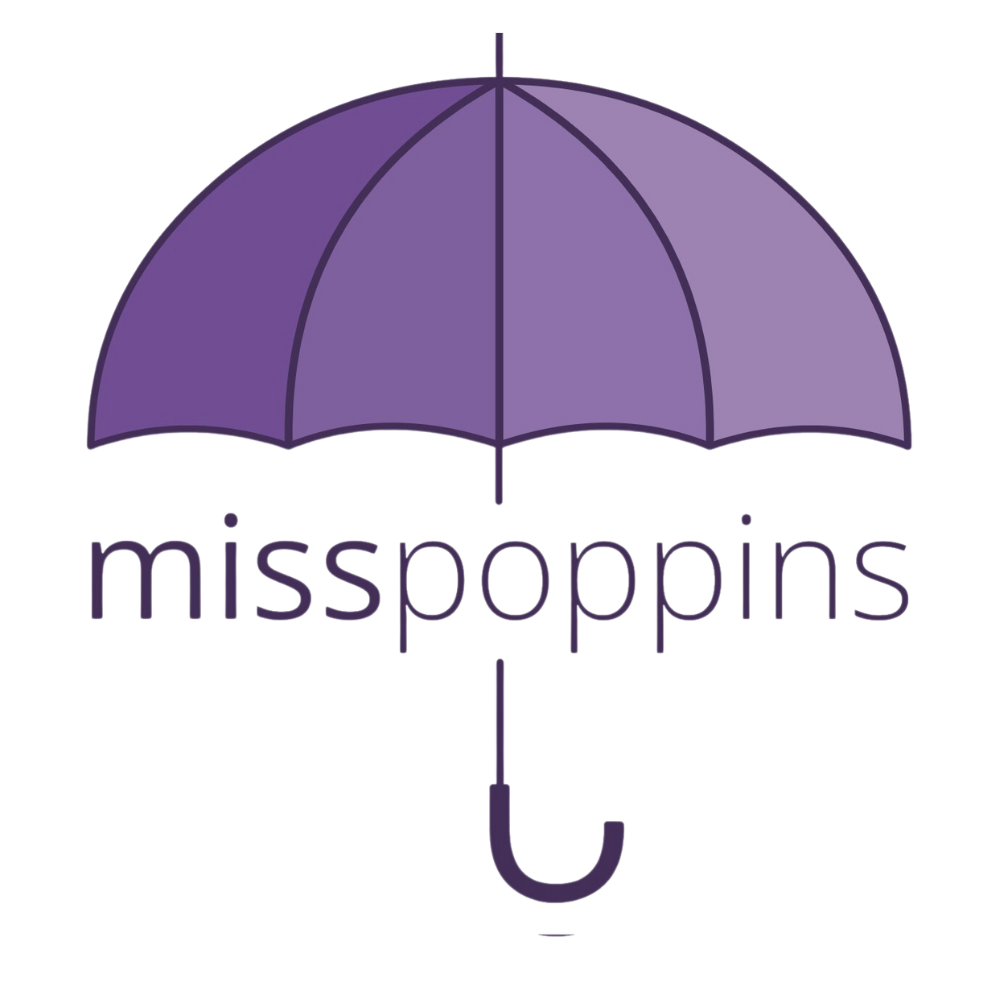Lost in Translation: How Toddlers Find Their Language Lighthouse with 'Translate and Talk
Translation plays a crucial role in "Translate and Talk" because it helps bridge the gap between what a toddler observes and what they understand. Here's why translation is important in this context:
Clarity: Toddlers often encounter new and unfamiliar experiences. Translating these experiences into words provides clarity and context, helping them make sense of the world around them.
Comprehension: By translating actions and objects, caregivers ensure that toddlers grasp the meaning of what they're witnessing. This aids in comprehension and reinforces their understanding of language.
Vocabulary Building: Translation introduces toddlers to new words and phrases, expanding their vocabulary. It helps them associate words with real-life situations, making learning more meaningful.
Communication: Effective communication is a two-way street. When caregivers translate, they are essentially communicating with toddlers, encouraging them to respond, ask questions, and engage in dialogue.
Language Development: Consistent translation fosters language development by exposing toddlers to rich and varied language experiences. It encourages them to use words to describe their own experiences and thoughts.
Bonding: "Translate and Talk" is not just about language; it's also an opportunity for bonding. When caregivers translate and engage in dialogue, they create a positive and supportive environment for interaction.
In essence, translation in "Translate and Talk" serves as a vital link between a toddler's observations and their understanding of language. It's a powerful tool for nurturing language development, promoting communication, and strengthening the caregiver-toddler relationship.

